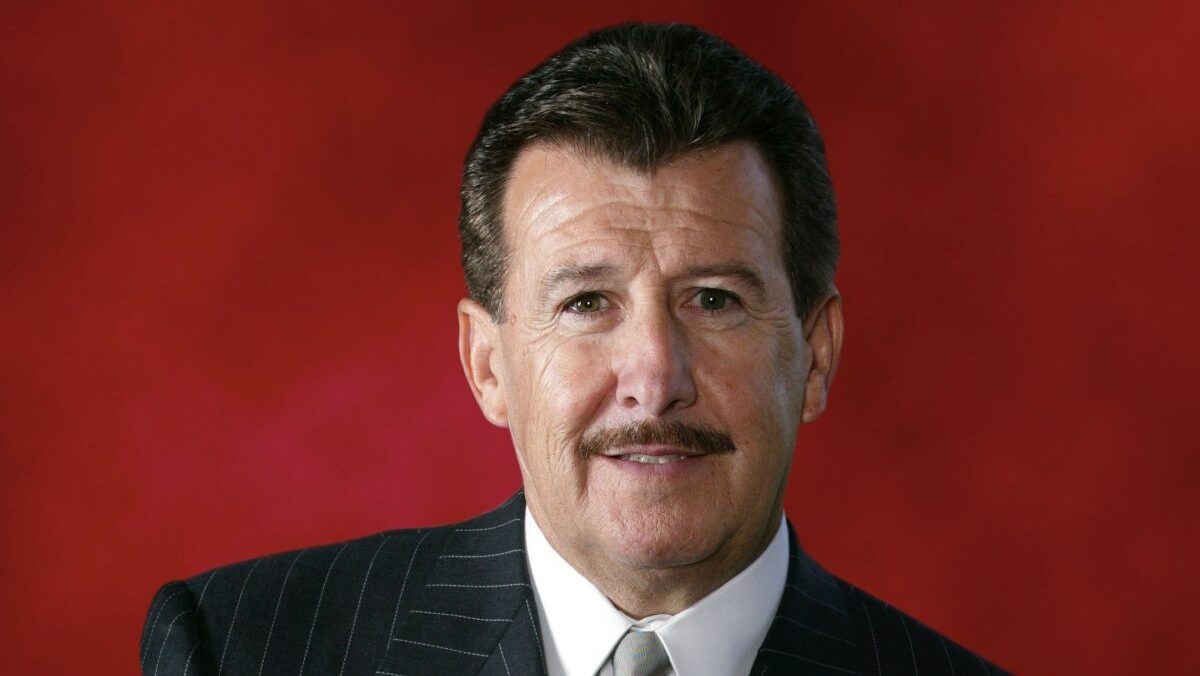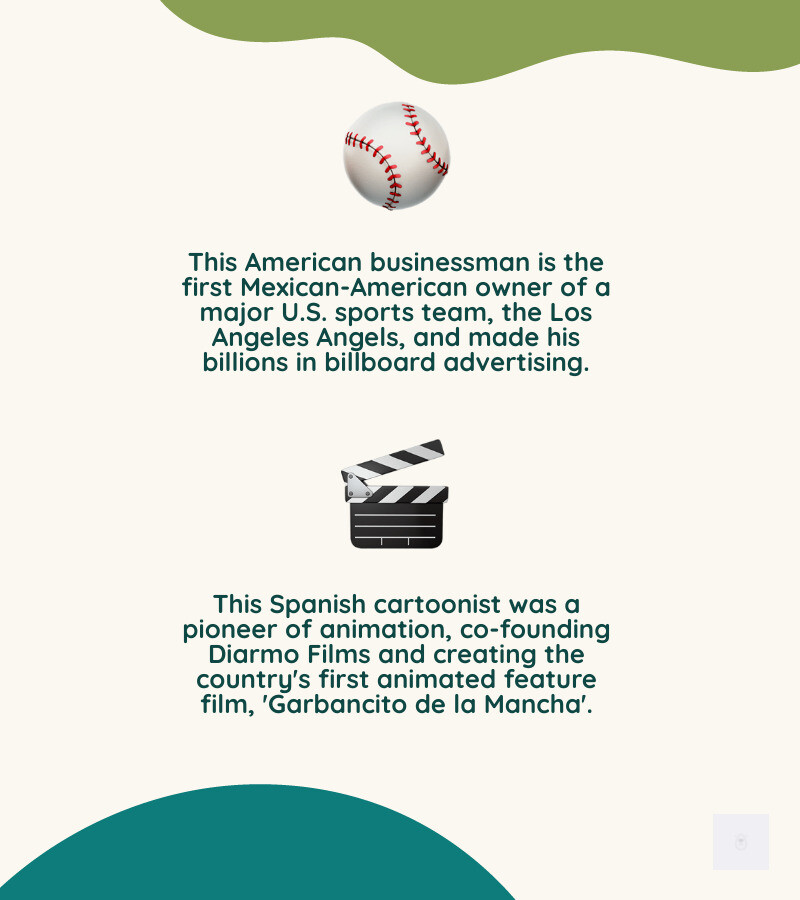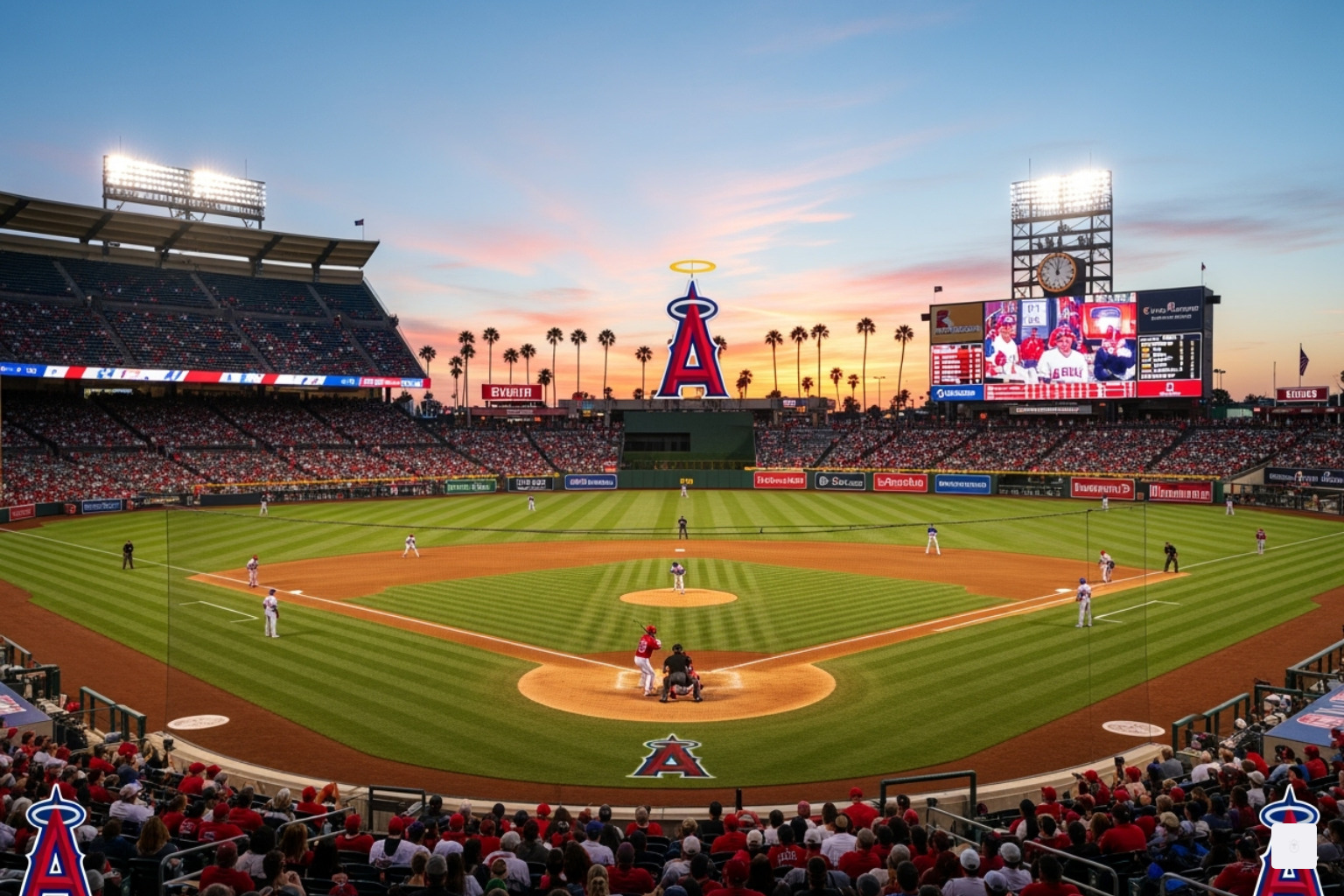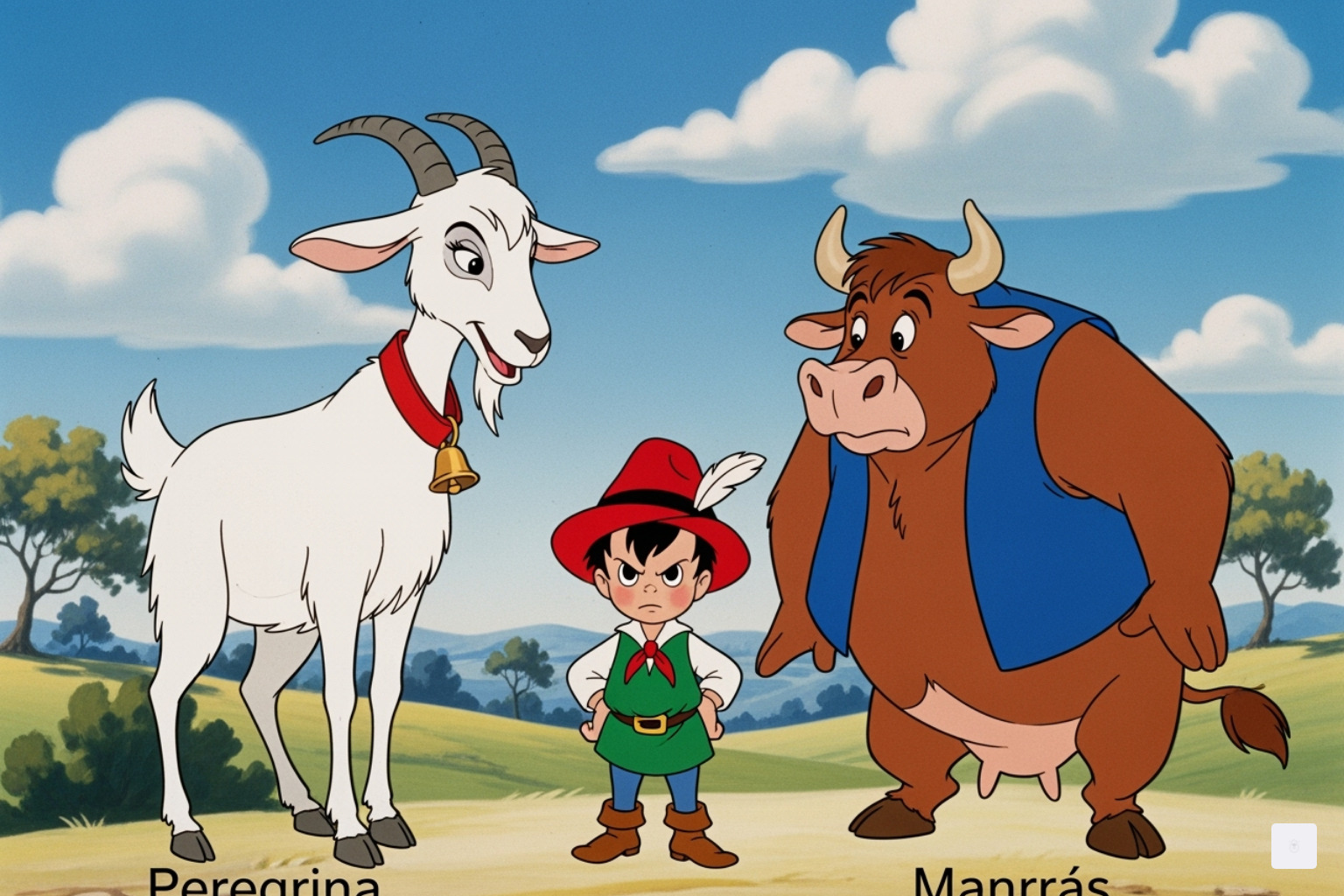
Who Is Arturo Moreno? Understanding the Names Behind the Fame
Arturo Moreno refers to several notable individuals, but two stand out prominently in public consciousness:
Arte Moreno (American Businessman)
- Born: August 14, 1946
- Claim to Fame: First Mexican-American to own a major U.S. sports team
- Key Achievement: Owner of the Los Angeles Angels (purchased for $180 million in 2003)
- Net Worth: Billionaire (made fortune through Outdoor Systems advertising company)
- Current Value: Angels franchise now worth over $2.2 billion
Arturo Moreno (Spanish Cartoonist)
- Born: May 10, 1909 – Died: June 25, 1993
- Claim to Fame: Pioneer of Spanish animation
- Key Achievement: Co-founded Diarmo Films, created “Garbancito de la Mancha” (1945)
- Legacy: One of Spain’s most prominent animators of the 20th century
The businessman Arte Moreno has become a fascinating figure in both sports and society circles. His journey from Vietnam War veteran to billionaire owner represents the kind of American success story that resonates deeply with ambitious professionals. Yet his tenure as Angels owner has been marked by both financial triumph and on-field frustration – a complex legacy that offers lessons for anyone managing high-profile ventures.
As R. Couri Hay, I’ve observed many public figures steer the delicate balance between business success and public perception throughout my four decades in media and public relations. Arturo Moreno’s story exemplifies the challenges facing prominent figures who must manage both financial performance and public expectations. Having worked with numerous high-profile clients in New York City’s elite circles, I understand the unique pressures that come with such visibility.

Terms related to arturo moreno:
The Making of a Mogul: Arte Moreno’s Journey from Tucson to Billions
Picture a young man growing up in the desert heat of Tucson, Arizona in the 1940s and 50s. Arturo ‘Arte’ Moreno, born on August 14, 1946, could hardly have imagined that his journey would take him from the dusty streets of his hometown to the boardrooms of billion-dollar deals. Yet that’s exactly what happened, and his story reads like a classic American dream with a few plot twists that would make even the most seasoned New York City dealmakers take notes.
After high school, young Arte didn’t head straight to college like many of his peers. Instead, he answered his country’s call, serving as a Vietnam War veteran from 1966 to 1968. Those years in the military weren’t just about duty – they forged the discipline and strategic thinking that would later serve him well in the cutthroat world of business. When he returned home, he enrolled at the University of Arizona, where he earned his degree in marketing. Little did he know that this foundation would eventually lead to one of the most impressive business success stories of the late 20th century.
Moreno’s first real taste of the business world came through billboard advertising – not the most glamorous industry, perhaps, but one where he quickly recognized untapped potential. He started at Eller Outdoor, learning the ropes and climbing the corporate ladder with the same determination he’d shown in the military.
The real magic happened in 1984 when Moreno co-founded Outdoor Systems. This wasn’t just another advertising company – it was his vision made manifest. He understood something that many overlooked: the incredible power of strategic visibility. Whether it’s a billboard on a busy highway or a well-placed advertisement in Times Square, location and impact matter. This principle resonates deeply with anyone who’s tried to make it in New York City’s competitive business landscape.

Outdoor Systems grew at a breakneck pace, becoming one of the largest outdoor advertising companies in America. Then came the moment that would change everything: the IPO in 1996. Taking the company public was a masterstroke, but Moreno wasn’t done yet. Just two years later, he orchestrated what can only be described as a business home run – the $8 billion sale to Infinity Broadcasting in 1998.
Eight billion dollars. Let that sink in for a moment. This was building a fortune on a scale that put Moreno in rarified air, the kind of success story that echoes through Manhattan’s financial district and inspires entrepreneurs across the country.
The Business Acumen of Arturo ‘Arte’ Moreno
But here’s what makes Arturo ‘Arte’ Moreno truly fascinating from a business perspective – he didn’t just hit one home run and call it a career. Long before he became a household name in baseball, he was already showing his strategic chops in sports ownership. From 1986 to 1992, he owned the Salt Lake Trappers, a minor league team that served as his training ground for bigger things to come.
Think of it as his business school for sports management. While the stakes were smaller, the lessons were invaluable. He learned about fan engagement, operations management, and the unique challenges of running a sports franchise. It was like doing a practice run before the main event.
Moreno’s strategic investments extended beyond sports into media as well. He owned and operated radio station KMXE, which he later rebranded as KLAA – a sports talk station that would eventually become the radio home of the Angels. This move showed remarkable foresight: why just own a team when you can control the narrative around it too?
For those of us who’ve spent decades observing successful business leaders – and I’ve had the privilege of knowing quite a few through my work in New York City’s elite circles – Arte Moreno’s approach offers several key lessons. He understood diversification long before it became a business school buzzword. He grasped the importance of vertical integration – owning not just the product but the platforms that promote it. And perhaps most importantly, he knew when to hold and when to fold, timing his exits to maximize value.
His journey from Tucson to the billions mirrors many of the success stories we see unfolding right here in New York City, where entrepreneurs in tech, finance, and media follow similar playbooks: identify opportunity, scale rapidly, and execute strategic exits that create generational wealth. You can explore more details about his remarkable business journey on his Arte Moreno – Wikipedia page.
The parallels to New York City’s business landscape are striking. Just as Moreno built his empire by understanding the value of strategic placement in outdoor advertising, today’s successful New York entrepreneurs understand the importance of positioning – whether it’s in the right market, the right neighborhood, or the right social circles.
A New Ball Game: The Era of Arturo Moreno as Angels Owner
The year 2003 marked a historic turning point in Major League Baseball. On May 15th, Arturo ‘Arte’ Moreno stepped into the spotlight by purchasing the Anaheim Angels for $180 million. This wasn’t just another business deal – it shattered barriers. Moreno became the first Mexican-American to own a major U.S. sports team, a groundbreaking achievement that resonated far beyond the baseball diamond.
What happened next was pure genius. Moreno immediately understood something many owners miss: the fan experience matters as much as the wins and losses. He lowered beer prices at the stadium and allowed fans to bring their own food inside. These moves might sound simple, but they spoke volumes about his approach to ownership. He wasn’t just buying a team; he was investing in a community.
The results were immediate and impressive. In his first year of ownership, the Angels drew over three million fans – an astounding 750,000 more than their championship season just one year earlier. This surge in attendance proved that treating fans well pays dividends, both in loyalty and revenue.
From a financial perspective, Arturo Moreno’s investment proved brilliant. Forbes valued the Angels at $368 million in April 2006, already doubling his initial investment. By January 2018, that number had skyrocketed to $1.75 billion. By March 2022, the franchise was worth an incredible $2.2 billion. This remarkable growth, even during periods of mixed on-field performance, showcases Moreno’s sharp business instincts and the inherent value of owning a major sports franchise.

Highs and Lows: The Angels’ Performance Under Moreno
Arturo Moreno’s ownership journey reads like a classic tale of triumph and heartbreak. Early on, he showed he wasn’t afraid to open his wallet for top talent. His signing of Vladimir Guerrero in 2004 became an instant fan favorite and set the tone for his aggressive approach to building a winner.
The strategy worked beautifully at first. The Angels captured the American League West division championship seven times under Moreno’s watch (2004, 2005, 2007, 2008, 2009, 2014). In 2014, they dominated the regular season with 98 wins, leading the entire league. These were golden years that had Angels fans dreaming of World Series glory.
But here’s where the story takes a frustrating turn. Despite all that regular season success, postseason victories remained elusive. After 2009, the Angels entered a brutal postseason drought, failing to win a single playoff game from 2010 to 2022. This became their longest such stretch since the dark days of 1987 to 2001.
The drought became even more painful during the Mike Trout era. Trout, widely considered one of baseball’s greatest talents, spent his prime years on Angels teams that couldn’t reach the playoffs. Adding two-way superstar Shohei Ohtani to the roster only amplified expectations and, unfortunately, the disappointment when success didn’t follow.
The numbers tell a sobering story. The Angels tied a franchise record with seven straight losing seasons in 2022, matching a mark set decades earlier. That streak actually extended to eight consecutive losing seasons from 2017 to 2023. For all the financial success and generational talents like Trout and Ohtani, the on-field product often left fans wondering “what if?”
Having worked with high-profile clients in New York City’s entertainment and sports circles, I understand how challenging it can be to balance star power with team chemistry. Sometimes having the biggest names doesn’t guarantee success – it requires the right strategy, strong leadership, and perfect execution. The Angels’ journey under Moreno offers valuable lessons for any organization trying to build lasting success.
The Controversial Reign of an Influential Owner
While Arturo Moreno broke barriers and built financial success, his tenure hasn’t been without its share of head-scratching moments. The first major misstep came in 2005 with one of the most ridiculed team name changes in sports history. Moreno rebranded the “Anaheim Angels” to the “Los Angeles Angels of Anaheim.”
This awkward, geographically confusing name became a national punchline. The city of Anaheim wasn’t amused either – they filed a lawsuit. While Moreno’s intention was to market the team to the entire Los Angeles metropolitan area, the execution was about as smooth as a knuckleball in a hurricane.
The controversy that really defined Moreno’s ownership was the Albert Pujols signing in 2011. The 10-year, $254 million contract looked brilliant on paper – Pujols was a future Hall of Famer. But the deal’s later years became a financial anchor, with diminishing returns on the field. This pattern repeated with other big-money signings like Anthony Rendon and Josh Hamilton, creating a reputation for flashy contracts that didn’t translate to wins.
Critics began calling Moreno’s approach shortsighted. One former pitcher colorfully described it as “buying a McLaren and taking it to Jiffy Lube” – spending lavishly on marquee players while allegedly cutting corners on essential team development areas like the minor league system.
The controversies extended beyond player contracts. In October 2020, Moreno agreed to purchase Angel Stadium for $320 million, but the deal was later canceled amid an FBI corruption investigation involving the city’s mayor. While Moreno faced no accusations of wrongdoing, the saga added another layer of complexity to his public image.
Perhaps most damaging to his reputation were persistent accusations of meddling in baseball operations. Critics argued that his hands-on approach hindered general managers’ autonomy and led to inconsistent team strategies. ESPN writer Alden González even described the Angels’ struggles as “a decade of disaster.” For a deeper look at these challenges, Inside the Angels’ lost years provides fascinating insight.
These challenges of managing a high-profile brand while navigating public perception aren’t unique to sports – they’re magnified under the spotlight. Having worked with prominent figures and major brands throughout New York City’s elite circles, I’ve seen how leadership in the public eye requires constant balance. Arturo Moreno’s journey reminds us that even groundbreaking success comes with scrutiny, and managing both triumph and controversy is part of the game.
Beyond the Diamond: Other Notable Figures Named Arturo Moreno
The name Arturo Moreno extends far beyond the baseball diamond and boardroom of the Angels owner. In fact, several remarkable individuals have carried this name to prominence in completely different fields, creating a rich mix of achievement that mirrors the diverse creative landscape we celebrate here in New York City.
The most distinguished of these other figures is Arturo Moreno, the Spanish cartoonist and animation pioneer who helped shape an entire industry. Born on May 10, 1909, this creative visionary lived until June 25, 1993, dedicating over six decades to the art of animation. His journey began in the 1920s when he was captivated by Felix the Cat movies – a moment that would spark a lifelong passion for bringing drawings to life.
This Arturo Moreno wasn’t just drawing cartoons; he was building the foundation of Spanish animation. He contributed to beloved satirical magazines like Pulgarcito and TBO, publications that brought humor and joy to Spanish households during challenging times. But his most ambitious venture came in 1942 when he co-founded Diarmo Films with José María Arola. The company name itself was clever – a combination of “Dibujos animados Arola y Moreno” (Arola and Moreno animated drawings).

His masterpiece, ‘Garbancito de la Mancha’ (1945), was nothing short of for its time. This 85-minute animated feature required a substantial budget of 3,809,618 pesetas – a fortune in post-war Spain. The film’s success was remarkable, generating profits between 2 and 3 million pesetas. He followed this triumph with ‘Alegres vacaciones’ (1948), another full-length animation that further cemented his reputation as Spain’s animation pioneer.
The cartoonist’s influence extended beyond Spain’s borders. In 1948, Arturo Moreno moved to Caracas, Venezuela, where he worked with the Ministry of Education on ‘Tricolor’, an educational children’s magazine. His advertising work there demonstrated how animation could serve both entertainment and educational purposes – a concept that resonates with content creators throughout New York’s media landscape today.
The entertainment industry also knew another Arturo Moreno – this one working behind the cameras in the costume and wardrobe department. Born in 1980 and passing away in 2022, this talented craftsman contributed to bringing characters to life through his meticulous attention to costume details. His work appeared in popular shows like ‘The Terminal List’, ‘Superstore’, and ‘Big Brother’, proving that creative excellence often happens away from the spotlight.
These diverse individuals sharing the Arturo Moreno name remind us that talent and determination can flourish in any field. From pioneering animation in Spain to crafting perfect costumes for television, each has left their unique mark on entertainment and culture. It’s the kind of creative diversity that makes New York’s arts scene so vibrant – where every discipline, from animation to fashion, contributes to our rich cultural fabric.
Frequently Asked Questions about Arte Moreno
When discussing influential figures in sports and business, Arturo ‘Arte’ Moreno consistently generates fascinating questions. Having worked with numerous high-profile individuals throughout my career in New York City’s media landscape, I understand the curiosity surrounding such compelling personalities. Let me address the most common inquiries we receive about this remarkable businessman.
How did Arte Moreno make his money?
The foundation of Arturo ‘Arte’ Moreno’s wealth lies in his masterful understanding of outdoor advertising. After serving in Vietnam and earning his marketing degree from the University of Arizona, he entered the billboard industry with Eller Outdoor. His entrepreneurial breakthrough came in 1984 when he co-founded Outdoor Systems, changing it into one of America’s largest outdoor advertising companies.
His strategic genius truly shone when he took the company public in 1996. The timing was perfect, and just two years later, he orchestrated a sale to Infinity Broadcasting for over $8 billion. This massive transaction catapulted him into billionaire status and provided the financial foundation for his later ventures, including his historic purchase of the Los Angeles Angels. It’s the kind of visionary business building we see regularly among New York’s most successful entrepreneurs – identifying an opportunity, scaling rapidly, and executing a strategic exit at the perfect moment.
What is Arte Moreno’s current net worth?
Arturo ‘Arte’ Moreno maintains his billionaire status, though his exact net worth fluctuates with market conditions and asset valuations. His most valuable holding remains the Los Angeles Angels, which he purchased for $180 million in 2003. Forbes valued the franchise at over $2.2 billion by 2022, representing more than a tenfold increase in less than two decades.
This dramatic appreciation demonstrates his business acumen beyond the advertising world. Combined with his other investments and the proceeds from selling Outdoor Systems, his wealth portfolio reflects the kind of diversified success that many of our clients in New York’s financial circles aspire to achieve. The Angels alone represent one of the most successful sports franchise investments in recent history, purely from a financial perspective.
Why is Arte Moreno considered a controversial sports owner?
Despite his financial success, Arturo ‘Arte’ Moreno’s tenure as Angels owner has been marked by significant controversy, primarily centered on the team’s prolonged struggles despite massive spending. The Angels have endured a devastating postseason drought, failing to win a single playoff game since 2009 and suffering through eight consecutive losing seasons from 2017 to 2023.
The controversy deepens when considering his expensive player acquisitions. Contracts like Albert Pujols’ 10-year, $254 million deal became financial albatrosses that limited roster flexibility while delivering disappointing results. Critics argue that despite having generational talents like Mike Trout and Shohei Ohtani, questionable front-office decisions and accusations of ownership interference have prevented championship success.
Additional controversies include the ridiculed team name change to “Los Angeles Angels of Anaheim” and the aborted Angel Stadium purchase amid a federal corruption investigation. While Moreno wasn’t personally implicated, these incidents contributed to a perception of tumultuous leadership. His story illustrates how business success doesn’t automatically translate to sports excellence – a dynamic we often discuss when analyzing the complex world of New York’s professional sports landscape, where passionate fans demand both financial responsibility and championship results.
Conclusion: The Complex Legacy of a Public Figure
The story of Arturo Moreno reminds us that success rarely comes without complexity. When we look at Arte Moreno’s remarkable journey from a young man in Tucson to a billionaire sports owner, we see the American dream in action. His path from Vietnam War veteran to advertising mogul to groundbreaking team owner is genuinely inspiring. He didn’t just build wealth – he broke barriers as the first Mexican-American to own a major U.S. sports team.
Arte Moreno’s business acumen is undeniable. He transformed a billboard company into an $8 billion empire, then used that success to revolutionize how the Angels connected with their fans. Lower beer prices, allowing outside food, and genuine care for the fan experience – these weren’t just marketing moves. They showed a leader who understood that success means more than profit margins.
Yet his legacy as Angels owner tells a more complicated story. Despite spending hundreds of millions on star players like Albert Pujols and Anthony Rendon, championships remained elusive. The team’s long postseason drought and consecutive losing seasons frustrated fans who watched generational talents like Mike Trout and Shohei Ohtani struggle to reach the playoffs. It’s a perfect example of how even the best intentions and biggest investments don’t guarantee success.
This tension between financial prosperity and on-field disappointment offers valuable lessons for anyone managing a high-profile venture. Whether you’re running a sports franchise or launching a startup here in New York City, the challenges are similar. Public expectations, strategic decision-making, and brand management all require careful balance.
We’ve also finded the rich diversity behind the name Arturo Moreno. The Spanish cartoonist who pioneered animation with “Garbancito de la Mancha” and the costume designer who worked on beloved TV shows remind us that talent and creativity take many forms. This variety mirrors the vibrant cultural landscape we celebrate right here in New York.
For those of us who work with public figures and high-profile brands, Arte Moreno’s journey highlights the importance of strategic planning, crisis management, and understanding public perception. Success in the spotlight demands more than business skills – it requires emotional intelligence, adaptability, and thick skin.
His story continues to unfold, offering lessons for entrepreneurs, sports fans, and anyone interested in how ambition intersects with reality. At R. Couri Hay Columns, we understand these dynamics intimately, having worked with numerous clients who face similar challenges in managing their public personas while building successful enterprises.
Explore our strategic planning services.

